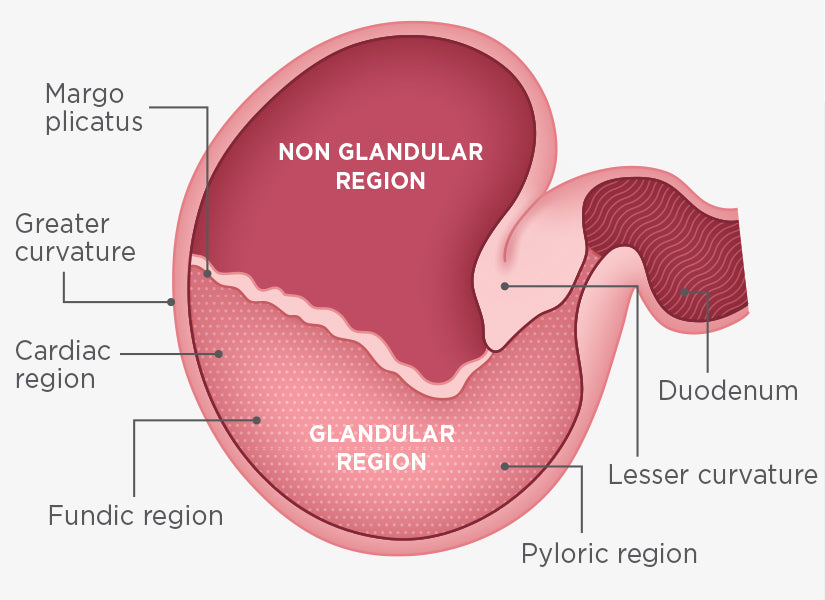
Ask the Expert: Elisabeth Chizek, Equine Nutritionist
Q: Are ulcers just inevitable in some horses? What can I do to reduce the risk of ulcers without having to pay for daily doses of omeprazole?
Equine Gastric Ulcer Syndrome (EGUS) is the presence of ulceration in the non-glandular and/or glandular stomach. Clinical signs of EGUS include poor appetite, dull hair coat, weight loss, colic, abdominal discomfort, behavior changes, and reduced performance. However, these symptoms are not always a guarantee that your horse has ulcers. If you horse does exhibit these symptoms, a veterinarian can diagnose EGUS by performing an endoscopy of the horse’s stomach. This will enable your veterinarian to visualize any ulcers and determine the severity.
To understand how we can feed horses and provide supplements to help prevent and heal ulcers, it is important to understand where and why they appear.
In horses, the upper portion of the stomach is lined with a non-glandular, squamous, mucosa comparable to that of the esophagus. The lower portion of the stomach is lined with a glandular mucosa, which secretes acid to aid in food digestion. This acid is produced continually, even when the stomach is empty. When a horse is consuming forage (pasture or hay), the mean pH of the upper non-glandular region averages between 5-7 and the lower glandular region is acidic at a pH of 2-3. The pH of the non-glandular region can drop to 4 or less when forage is withheld or decreased. A drop in pH below 4 in the non-glandular region can lead to ulceration because it lacks the protection against acid that the glandular region has.
Ulcers are most commonly found in the non-glandular region just above the margo plicatus, which separates the glandular and non-glandular regions. This is most likely because the lower portion of the non-glandular region is the most easily exposed to the acid from the glandular region.

Equine stomach (source)
Research has suggested that horses most likely develop ulcer lesions as a combination of certain management and feeding practices that affect how the horse’s stomach functions. Horses evolved to move freely and graze continuously throughout the day.
Exercise, stall confinement, high starch diets, long periods between meals, paste electrolyte administration, and use of nonsteroidal anti-inflammatory drugs (NSAIDs) have all been shown by research to increase the risk of ulcers. There are several management changes that can be made to minimize the risk of a horse developing ulcers.
1. Make a plan with your veterinarian.
Upon diagnosis of EGUS by a veterinarian, make a treatment plan to medically heal the ulcers if needed. For show horses that travel, this may mean coming off the road and reducing exercise intensity temporarily to reduce stress and allow the treatment to heal the ulcers. There are many supplements on the market today that claim to heal ulcers with no research to back them up. Discuss any supplements or treatments with your veterinarian or nutritionist first.
2. Pasture turnout as much as possible.
Horses that have free access to pasture forage have a lower risk of developing ulcers. When horses are grazing and chewing continuously, they produce saliva which buffers the upper non-glandular region of the stomach from acid. Research has shown that ulcer lesions can appear as soon as one week after moving horses from a pasture to a stall.
3. Always have forage in front of the horse.
While we all wish our horses could graze beautiful pastures unfortunately it just isn’t an option in some locations or times of the year. The next best option is to have frequent feedings of quality hay, ensuring the horse never runs out of forage. Horses should eat between 1-2% of their body weight in forage daily, meaning that an average 1,000 lb horse needs to eat between 10 and 20 lbs. For a horse that eats their hay very quickly, I recommend trying a slow feed hay net to keep them eating longer. If possible, adding alfalfa hay, cubes, or pellets to the diet can provide additional stomach buffering.
4. Feed multiple small, low starch meals for added calories.
Horses fed fewer large, high grain meals throughout the day are at a higher risk of developing ulcers. Many horses can meet their nutritional requirements with plenty of high quality hay and a vitamin/mineral supplement. For those that require additional calories, choose a low starch feed option and feed small meals (no more than 5 lbs) 3-4 times daily.
5. Feed pelleted electrolytes, not paste.
Most horses require only 1-2 tablespoons of salt daily. But for those working in hot, humid conditions an electrolyte may be required to replenish minerals lost in sweat. Dosing horses with paste electrolytes has been shown to greatly increase the risk of ulcers, so choose a pelleted version that can be fed with a small meal instead.
6. Avoid NSAIDs
It is best to avoid NSAIDs for an ulcer prone horse. If NSAIDs are necessary, I recommend giving a dose of omeprazole along with the NSAID. Omeprazole reduces hydrochloric acid in the stomach and will help prevent ulcers.

